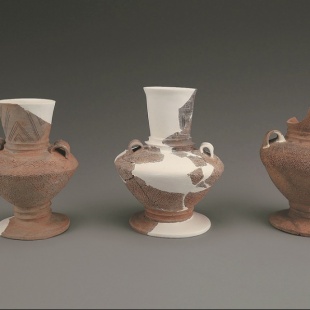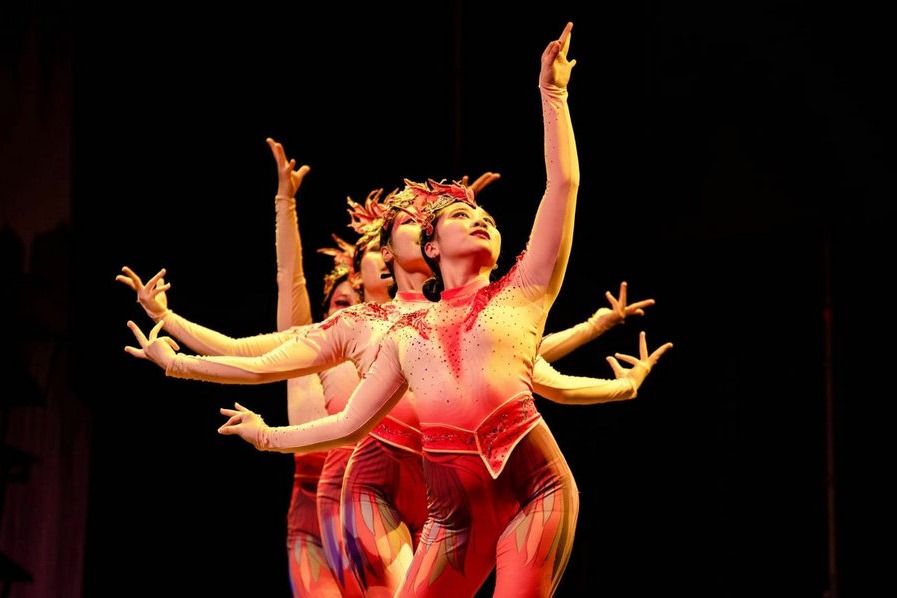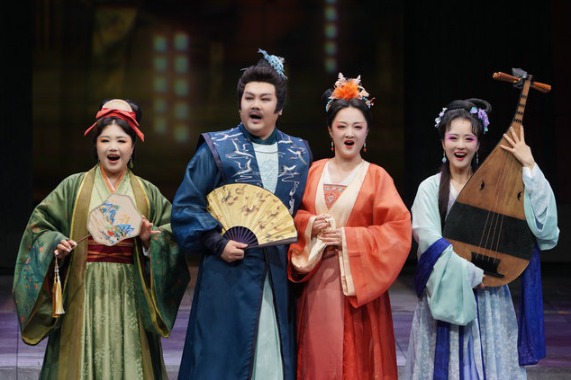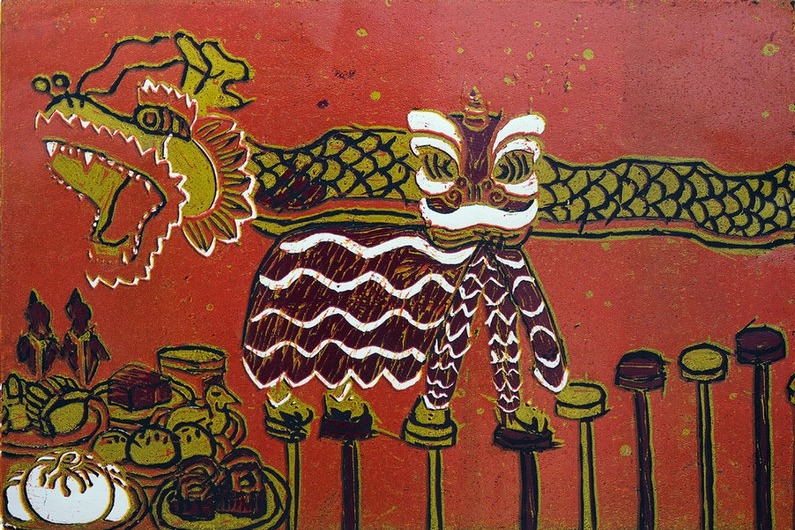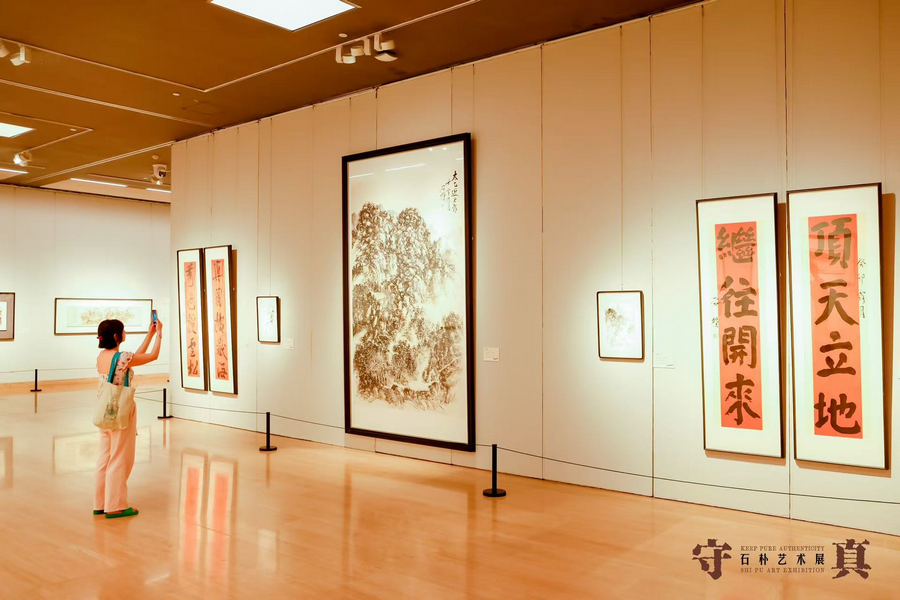Archaeological findings decode islanders' home


Austronesian peoples' millennia-long odyssey over high waves is probably one of the earliest and largest maritime migrations in human history. Chinese archaeologists' research in recent years now offers crucial clues to trace how this saga started.
Thanks to a research project starting in 2021, a series of sites ranging from 3,000 to 7,500 years old along the coast of Fujian province indicated the origins of Austronesian peoples, a conference of the National Cultural Heritage Administration in Beijing heard on Wednesday.
On Pingtan Island in the provincial capital of Fuzhou, the Xiying site from 6,500 to 7,300 years ago yielded a crucial finding of human settlement. Analysis of unearthed human bones showed their close genetic connection with other regions in southern China and Southeast Asia.
"It's direct evidence for our studies to decode early groups of Austronesian peoples," said Zhou Zhenyu, a researcher with the Institute of Archaeology at the Chinese Academy of Social Sciences.
The Keqiutou site, also on Pingtan, dating back 5,000 to 6,500 years, showcased that different functional areas were formed within the settlement, including residential, food-processing, handicraft and waste dumping areas.
In addition to seashells and animal bones at the two sites, archaeologists found the oldest-known rice on coastal islands of southeastern China.
Another pair of sites on the island, Donghuaqiu and Guishan, showed clues of higher-level civilization as human settlements there from 3,000 to 4,200 years ago had spaces for public activities and ceremonies, and their residential areas were better designed.
"For the first time, we established a complete lineage of cultures along the western shore of the Taiwan Strait within that time span," Zhou said.
Austronesian peoples refer to indigenous ethnic groups on Taiwan island, part of Southeast Asia, Micronesia, Melanesia, Madagascar, Easter Island of Chile, and Polynesia — including New Zealand and Hawaii of the United States — among other regions.
Migrations started 6,000 years ago and lasted until around 1,000 years ago. About 400 million people speak some 1,200 Austronesian languages in today's world.
Dapenkeng culture in Taiwan, dating back 4,500 to 6,000 years, is the oldest-known Austronesian culture on the island and its residents were widely considered the ancestors of their counterparts living across the Pacific Ocean. Nonetheless, Kwang-chih Chang, a late, renowned archaeologist from Taiwan, put forward a theory that sources of Dapenkeng culture came from the Chinese mainland.
According to Zhou, a comparison between prehistoric sites in Taiwan and new findings along the Fujian coast further supports Chang's theory.
For example, the numerous newly unearthed pottery and stone artifacts on the Fujian island feature high similarity with patterns and decorations at the site in Taiwan.
"In spite of geographic proximity to the ocean, people from both places adopted a similar economic form: They not only relied on fishing for a living," Zhou explained. "We can find that agriculture played a more and more significant role as times changed until its importance equaled that of fishing. That can prove the frequent interactions across the Taiwan Strait at that time."
A botanical study conducted by scholars from the mainland and Taiwan, which was released in 2022, showed that rice and millet were introduced to Taiwan from present-day Fujian about 4,600 to 4,800 years ago.
"The spread of agriculture echoes the routes of human migration," Zhou added.
More molecular biology studies also provide clues to unveil such prehistoric cross-Strait links.
From 2011 to 2012, archaeologists from Taipei-based Academia Sinica found two human remains, estimated to be 7,500 and 8,200 years old, from Liangdao, an islet only 24 kilometers from Fuzhou. Follow-up anthropological studies unveiled their nature as the earliest-known Austronesian people with a close link to early residents in Taiwan.
In 2020, Fu Qiaomei, a researcher from the Institute of Vertebrate Paleontology and Paleoanthropology with the Chinese Academy of Sciences, led another group of researchers in comparative DNA analysis of the so-called Liangdao Man and ancient remains in a cave of Tanping, Fujian. They were genetically found to belong to the same group of people.
Zhou emphasized that related studies should widen the horizon as the spread of Austronesian peoples could be "more than a singular route". Sites in other coastal provinces including Zhejiang, Guangdong and Hainan are thus included in the origins-tracing program.
For example, on Wanzaitou and Neijiao, two sites from 3,000 to 5,000 years ago in Hainan, patterns of unearthed pottery resemble the oldest known pottery found in the Philippines, which are 4,000 to 4,200 years old.
"It's reasonable to believe Austronesian peoples originated in a larger geographic area rather than a singular culture," said Zhang Chi, an archaeology professor at Peking University.
"We found that the spread of languages and agriculture played a key role during that migration, but new findings also raise more questions, which await to be answered in follow-up interdisciplinary studies."
Guan Qiang, deputy director of the National Cultural Heritage Administration, said the studies also greatly enriched the knowledge of how prehistoric people living along the coastal area of southeastern China made full use of maritime resources.
"It's a key to understand how a united country with diverse cultural elements got formed," he said.


